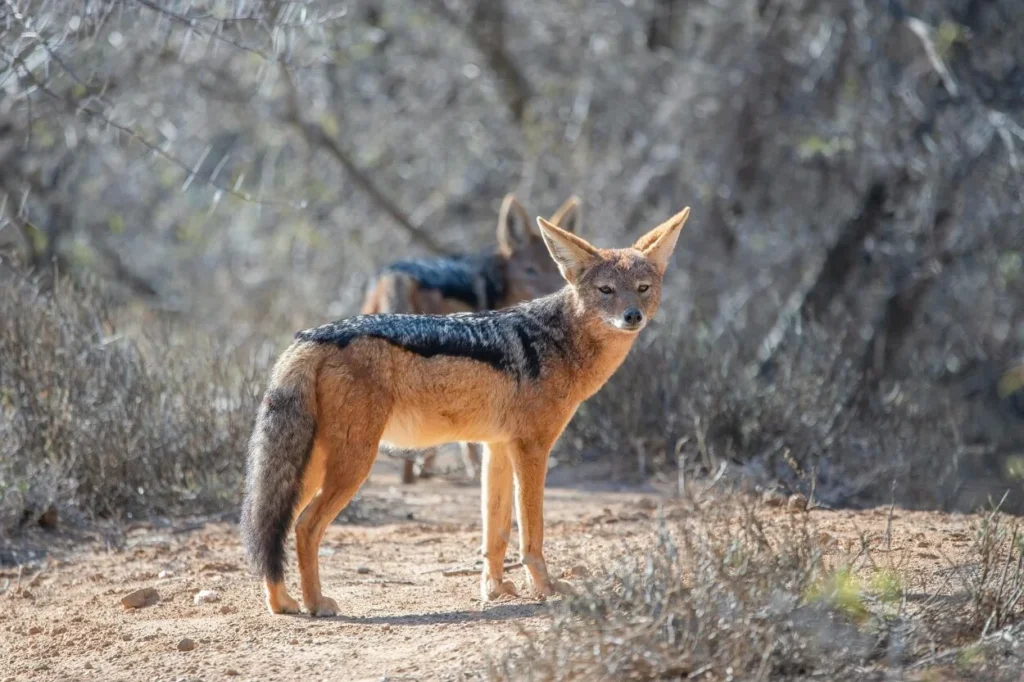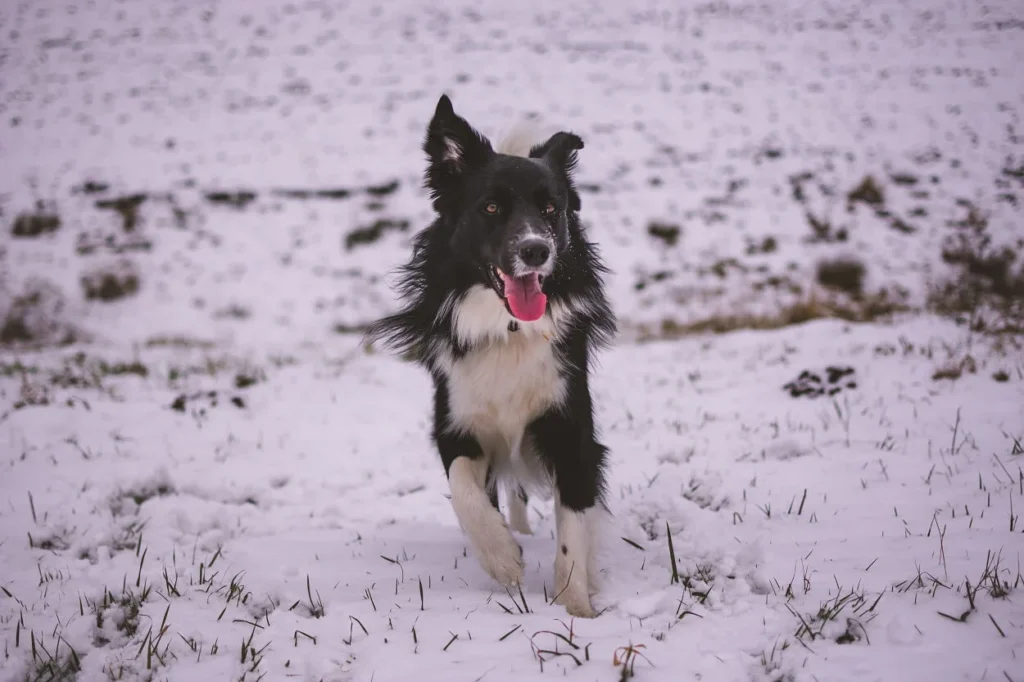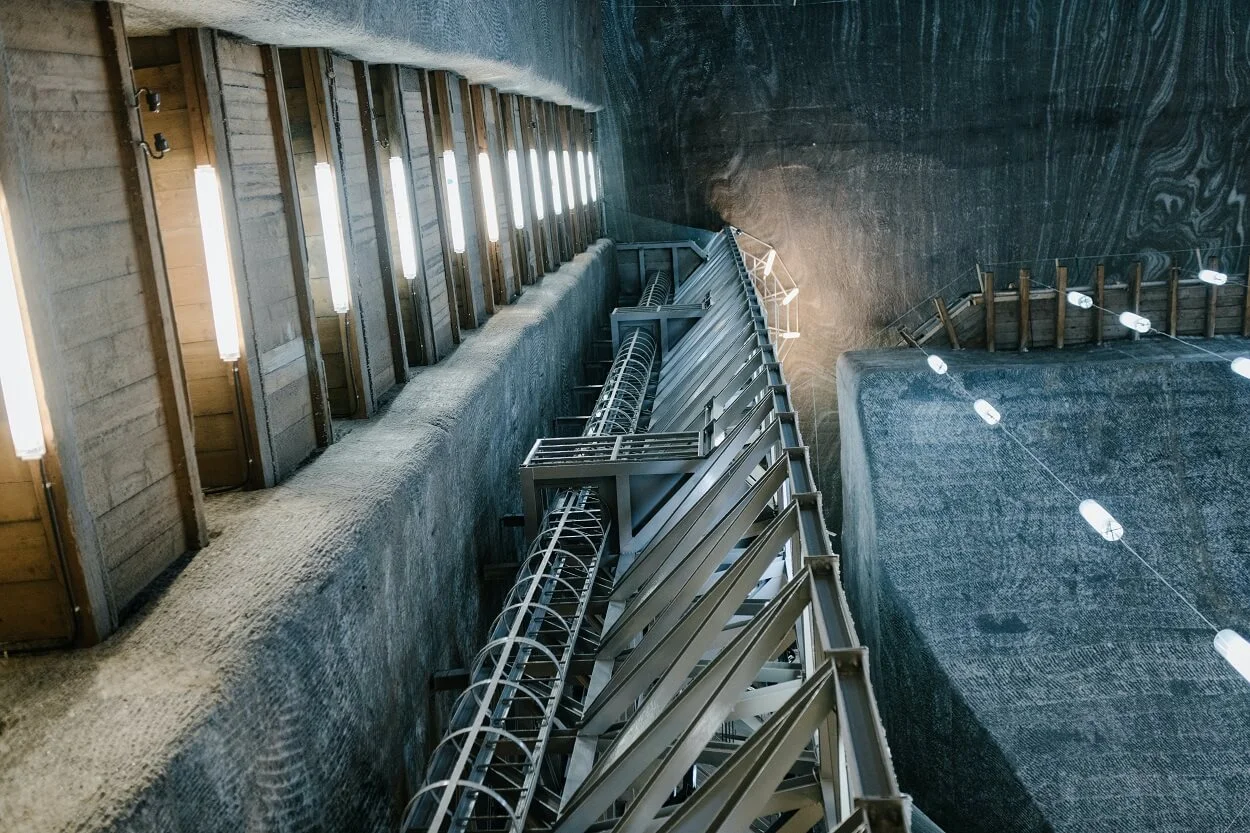The arctic fox dwells in Earth’s harshest habitat, facing extreme cold, sparse food, and endless winter darkness. Yet this resilient canid flourishes in the tundra’s unforgiving conditions. How? Through an array of specialized behavioral and physical adaptations enabling their success.
Exploring the Arctic fox behavioral adaptations. From ingenious underground dens to insulating fur and heat-conserving behaviors to survive Arctic cold.
Ranging from enhanced hunting tactics to fortified fur insulation, the evolutionary behavioral adaptations of arctic fox facilitate survival in virtually every aspect of their lives. They den underground, cache food for lean times, conserve heat in minimally-insulated lairs, and utilize superb sensory skills to locate prey and evade predators.
Let’s explore the main behavioral adaptations that allow this enduring polar animal to find food and shelter, rear young, and avoid threats in the extreme Far North ecosystems.
Arctic Fox Behavioral Adaptations
Underground Hunting
Unlike most canids, arctic foxes hunt mice, voles and lemmings deep underground by sensing vibrations and excavating deep paths to catch burrowing prey. This tactic accesses food unavailable to surface hunters.
Food Caching & Retrieval
Arctic foxes cache excess summer food in shallow holes to support winter survival. Their extraordinary special memory allows them to accurately relocate hundreds of caches, even when buried under several feet of shifting snow.
Opportunistic Foraging
As the tundra’s omnivores, arctic foxes adaptively vary their diet seasonally based on availability. They exploit seabird eggs, fish, carrion from larger predators and even seaweed, expanding their food options.
Shelter & Warmth-Retention Adaptations
The arctic fox behavioral adaptations tendencies leads to protective shelters and retain precious body heat in the frigid Arctic climate. Denning underground, growing dense fur layers, and conserving heat through huddling behaviors all enable their warmth regulation.
Specifically, arctic fox behavioral adaptations include maintaining seasonally-inhabited underground dens to shelter from relentless winter conditions. They build expansive tunnel systems featuring multiple chambers and emergency exit routes. Within communal winter dens, over 20 foxes can reside insulated from temperatures plunging to -76°F and gales hitting 38 mph.
Dens therefore provide indispensable refuge protecting vixens birthing and raising vulnerable cubs within stable microclimates.
Denning
The arctic fox physical adapts a specialized coat to seal in warmth. It grows strikingly thick fur with two distinct layers to retain heat even in still air at -40°F. An underlayer of fluffy down-like underfur measuring over 2 inches long captures air to insulate skin.
Overlaying guard hairs then protect that delicate undercoat and repel moisture. Denning is important aspect of arctic fox behavioral adaptations.
During winter, behavioral adaptations of arctic fox undergo a full molt to replace summer fur with even denser winter apparel tailored for extreme cold. Their winter coat traps up to 90% more insulation than summer equivalents through air-trapping underfur.
Insulated Fur Layers
On frigid nights and blustery days, behavioral adaptations of arctic fox relies on further conserve precious body heat. Whether sheltering in dens or not, they tightly tuck appendages like legs, muzzles and tails to seal in warmth longer. Huddling close with group mates also reduces exposed surface area.
Combined, these actions enable arctic foxes to lower their metabolic rate up to 50%. By burning fewer calories, they retain more warmth for enduring harsh polar winters.
Body Heat Conservation
Through this combination of denning underground, evolving heavy insulating fur, and deliberately heat-conserving behaviors, arctic foxes unlock remarkable abilities to regulate temperature and thrive where few mammals can endure. Their secret lies in specialized adaptations promoting both physical shelter and physiological warmth.
Reproductive & Rearing Adaptations

Delayed Implantation
After mating, arctic vixens exhibit delayed implantation whereby embryos float dormant for up to 10 months until entering the uterus to develop right before spring birthing. This adaptation times pup growth with seasonal prey Availability. Shortened Rearing Periods
After mating, arctic vixens exhibit delayed implantation whereby embryos float dormant for up to 10 months until entering the uterus to develop right before spring birthing. This adaptation times pup growth with seasonal prey Availability. Shortened Rearing Periods
Sibling bonds strengthen through cooperative rearing wherein older siblings remain with parents through winter, helping to feed and protect the next spring’s litter – increasing overall survival.
Predator Evasion & Navigation Adaptations

Camouflage Coloration
Molting from rusty brown summer coats to pure white winter apparel acts as ideal camouflage concealing arctic foxes against the frozen tundra and snowfields, hiding them from predators like wolves and polar bears.
Wandering Dispersal
Arctic foxes, especially juveniles, adaptively disperse great distances wandering in search of better hunting grounds. This exploratory nomadism leads them to fresh habitats supporting enhanced chances of survival.
Keen Vision & Hearing
Superb visual clarity over long distances and acute directional hearing empowers arctic foxes to swiftly detect prey and predators alike, facilitating evasion and hunting success.
In total, the impressive behavioral adaptations of the arctic fox, aligning with beneficial physical traits from specialized fur to thermal regulation abilities, provide this polar native essential tools to find food and shelter in brutally inhospitable tundra environments.
They exemplify how focused evolutionary adaptations facilitate one mammal’s success in an extreme habitat. Due to behavioral adaptations of arctic fox, they have truly earned its title as the “polar wolf.”

